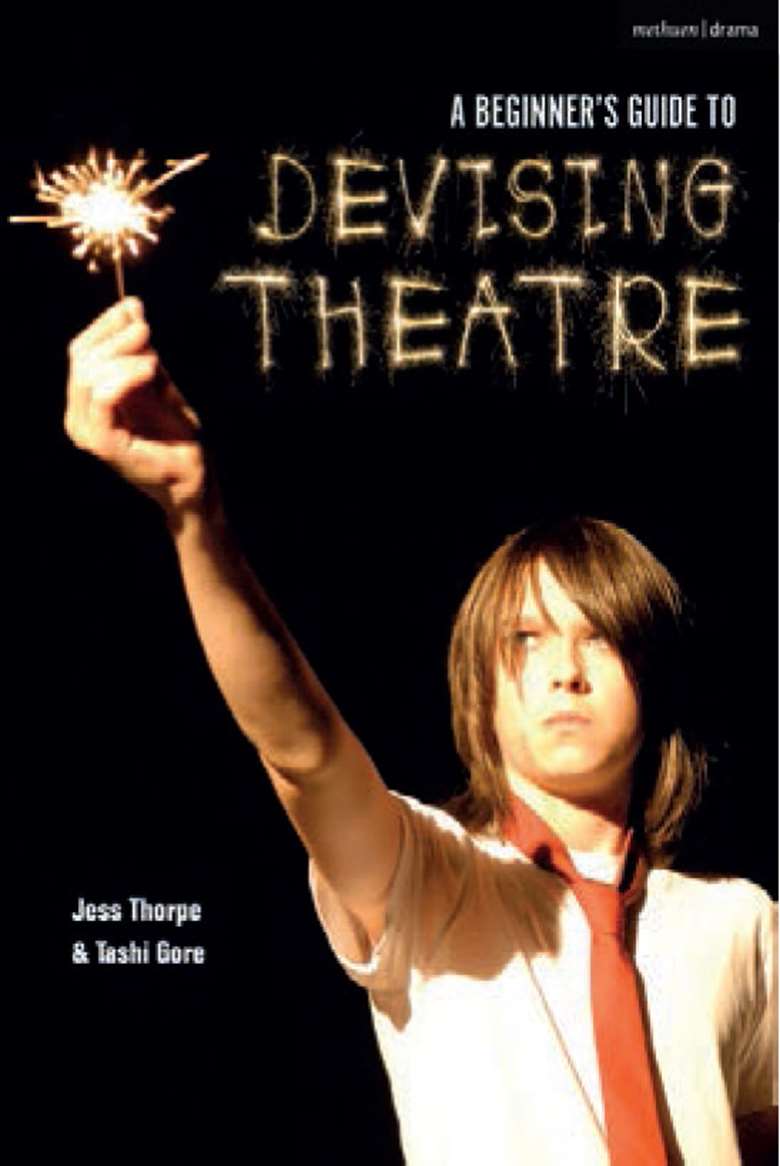A Beginner's Guide to Devising Theatre by Jess Thorpe and Tashi Gore
Deborah O'Donoghue
Sunday, December 1, 2019
Straightforward and inspiring, providing tips for pedagogy and logistics. Published by Methuen Drama

A Beginner's Guide to Devising Theatre, by the artistic directors of award-winning Glaswegian youth performance group, Junction 25, is a practical introduction to the creative process of theatre-making.
Organised in three parts, part one of the book takes us through the writers' backgrounds and provides a powerful manifesto for collaborative work, while asking big questions about voice-finding and the purpose of art. Part 2 moves on to a practical seven-stage guide to devising, from exercises to build a group dynamic, through approaches to framing and staging, text-making and use of image, all the way to technical advice on production and sharing the work with an audience. Finally, in Part 3, the authors round out the book's perspective on devising by offering a series of interviews with other practitioners.
Straight-forwardly described, with unpretentious tips both on pedagogy and logistics, there is not a single exercise I could not imagine easily implementing with a class or group. The stimuli (such as enquiry questions, found text, improvised movement and games) are simple and thought-provoking, and backed up with a range of pragmatic notes, from what to do when struggling with writing to how to foster emotional safety.
Students aged 11–18 are the natural participants and, with the right guidance, younger performers could benefit as well. The book is pitched to group leaders who are just starting out with devising, although I can envisage motivated A-level students as well as trainee teachers getting just as much out of it. More experienced practitioners will also find a lot here to refresh and inspire their practice.
One niggle: a busy teacher glancing through this in a staffroom could well find the format off-putting. Textboxes that drop off the bottoms of pages, shading, various font sizes and types, numbered lists and bullets all compete visually and make it hard to get an initial sense of how the material flows.

